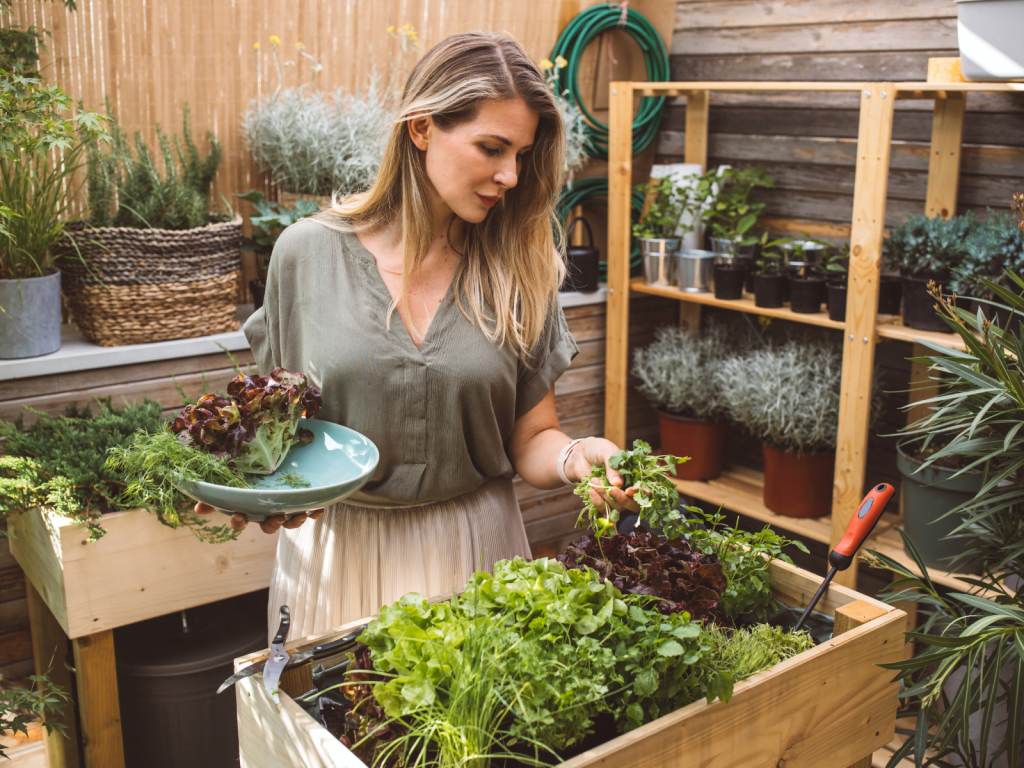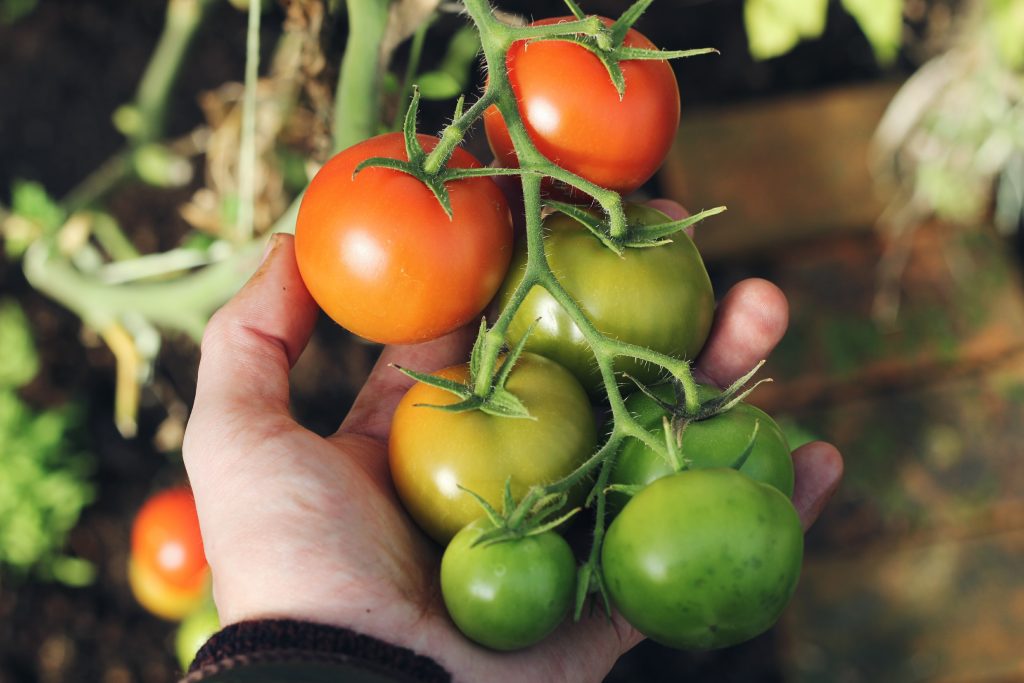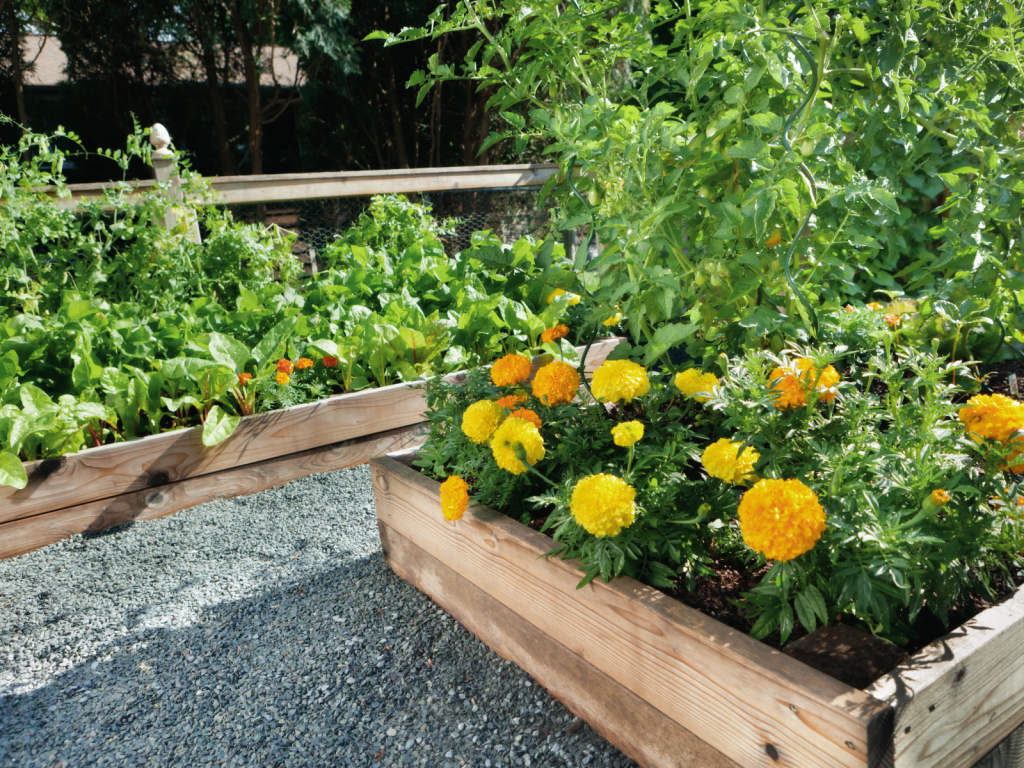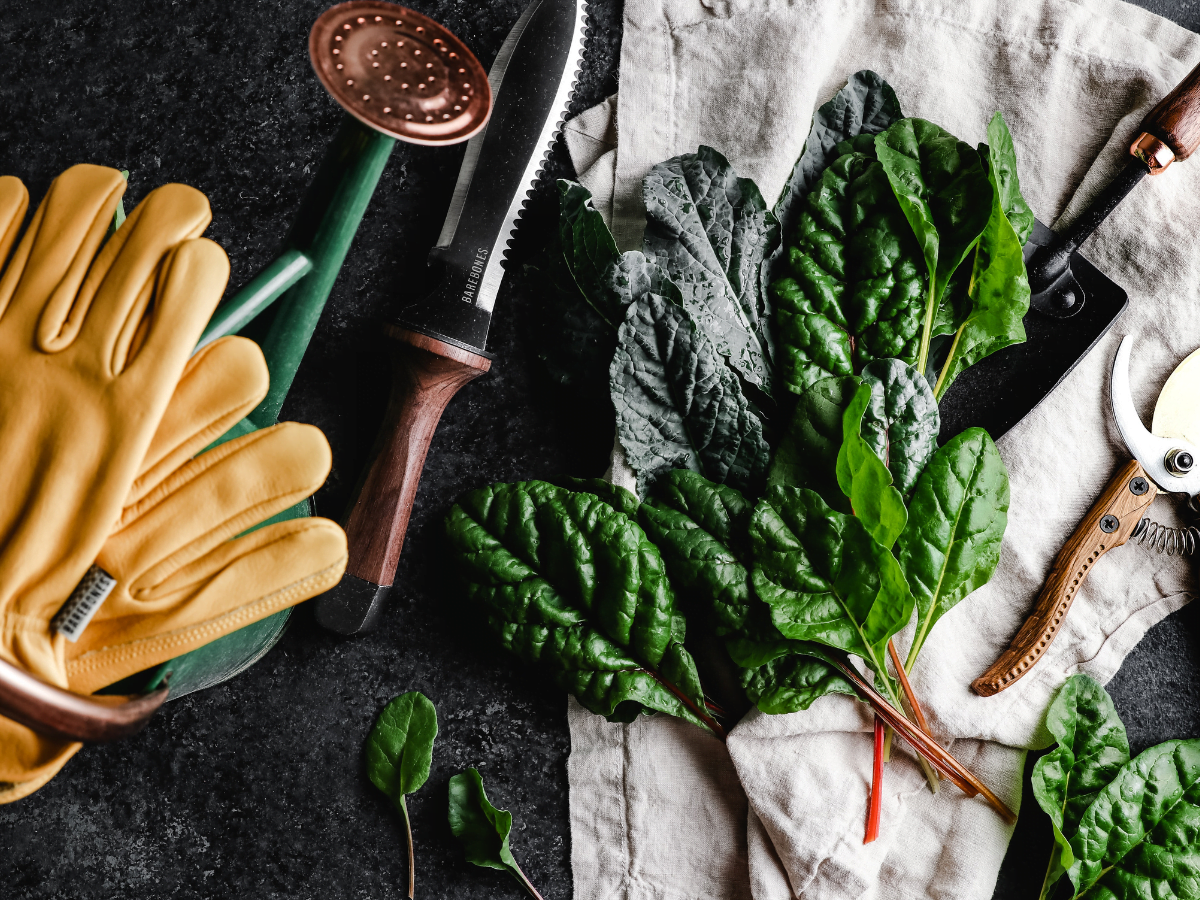If you’re looking for a way to get the freshest, most delicious produce, then starting a veggie patch is the way to go. Growing your own vegetables not only provides you with healthy and nutritious food, but it also helps reduce your carbon footprint and saves you money. We’ll give you some tips for starting your own veggie patch, from choosing the best location to dealing with common pests and diseases.
Choosing the Best Location for Your Veggie Patch
When it comes to starting a veggie patch, the location is key. You’ll want to choose a spot that gets plenty of sunlight, is easily accessible for watering and harvesting, and has good drainage. You should also consider the proximity to your home and the amount of space you have available.
If you’re starting a small veggie patch, you can use a container garden or a raised garden bed. These are great options if you have limited space or want to avoid digging up your yard. If you have more space, you can create a traditional in-ground veggie patch.

Preparing the Soil for Planting
Before you start planting, you’ll need to prepare the soil. This means removing any rocks, weeds, or debris, and adding compost or other organic matter to enrich the soil. You may also need to adjust the pH level of the soil to ensure that it’s optimal for growing vegetables.
Best Veggies to Grow in Different Seasons
Different vegetables grow best in different seasons, so it’s important to choose the right veggies for your climate and the time of year. In general, cool-season crops like lettuce, spinach, and peas are best planted in the spring or autumn, while warm-season crops like tomatoes, peppers, and cucumbers are best planted in the summer.
Here are some examples of the best veggies to grow in different seasons:
Spring
As the weather starts to warm up, you can start planting cool-season crops such as lettuce, spinach, peas, and radishes. These plants thrive in the cooler temperatures of early spring and can be harvested before the heat of summer sets in.
Summer
Warm-season crops like tomatoes, peppers, cucumbers, and eggplants grow best during the hot summer months. These plants need lots of sun and warmth to produce a bountiful harvest. You can also plant herbs like basil, thyme, and rosemary during this time.

Autumn
As temperatures begin to cool, it’s time to start planting cool-season crops again. autumn is a great time to plant root vegetables such as carrots, beets, and turnips, as well as leafy greens like kale, chard, and spinach. These crops can continue to grow well into the cooler months.
Winter
In some parts of Australia, winter can be a challenging time for vegetable gardening. However, there are still some crops that can be grown during this season, such as broccoli, cauliflower, cabbage, and Brussels sprouts. These plants are hardy and can tolerate colder temperatures.
By selecting the right veggies for each season, you can ensure a continuous supply of fresh produce throughout the year. It’s also important to pay attention to the growing requirements of each plant, including the amount of water, sunlight, and nutrients they need. With a little bit of planning and preparation, you can enjoy a bountiful veggie patch no matter what the season.
Companion Planting for Healthier Crops
Companion planting is the practice of planting certain vegetables together to help them grow better and protect them from pests and diseases. For example, planting marigolds near your tomatoes can help repel nematodes and other harmful insects.

Tips for Watering and Fertilising Your Veggies
Proper watering and fertilisation are essential for growing healthy and productive veggies. You should water your plants regularly, making sure to give them enough water without overwatering. Fertilisation should be done regularly, using a balanced fertiliser or compost.
Dealing with Common Pests and Diseases in Your Veggie Patch
One of the biggest challenges of starting a veggie patch is dealing with pests and diseases. Common pests like aphids, snails, and slugs can quickly destroy your plants, while diseases like blight and mildew can kill them off entirely. To prevent these problems, you can use natural pest control methods like companion planting, or use organic pesticides and fungicides.
Harvesting and Storing Your Home-Grown Veggies
When your veggies are ready for harvest, it’s important to do so at the right time to ensure the best flavour and nutrition. You should also be sure to store them properly to keep them fresh and prevent spoilage.
Sustainable Gardening Practices for Your Veggie Patch
When starting a veggie patch, it’s important to use sustainable gardening practices to minimise your impact on the environment. This includes using organic methods to control pests and diseases, composting your plant waste, and conserving water.
Simple DIY Veggie Patch Designs
There are many different designs and styles you can choose from when starting a veggie patch. Some popular options include container gardens, raised garden beds, and in-ground gardens. When designing your veggie patch, be sure to consider the amount of space you have available and the types of vegetables you want to grow.






